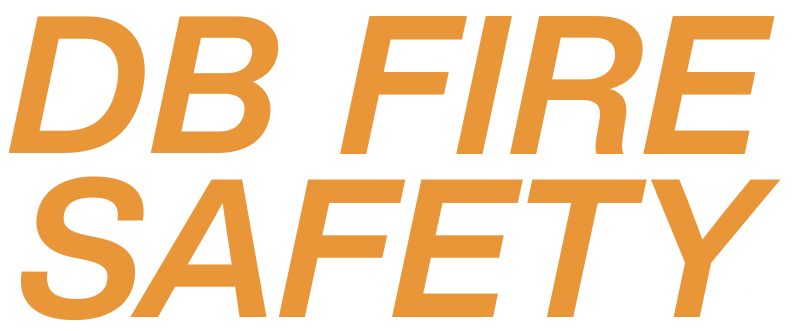Our Blog
Are You Using The Correct Charger?
Way back in 1831, British scientist, Michael Faraday, discovered electromagnetic induction. This process is pretty much the same principle…
Law on smoking in residential care homes
In today’s blog, DB Fire Safety Ltd. would like to bring you up-to-date in respect of how the law…
Fire Safety Concerns at Peterborough Hospital
DB Fire Safety was interested to read recently in www.peterboroughtoday.co.uk that Peterborough City Hospital has still not complied with…
How Does A Fire Spread?
To enable DB Fire Safety to evaluate the risk to people in your premises, I thought you would be…
Residential Care Home Owners Fined £380k
As regular reader of the DB Fire Safety blog, you will be aware of the necessity to comply with…
When Cooking – Keep Looking
DB Fire Safety has learnt this week that there have been five house fires across Lincolnshire recently. Fire crews…
Residential Care Homes – Identifying People At Risk From Fire
As part of the Fire Risk Assessments carried out by DB Fire Safety, it’s important to identify the people…
Identifying Fire Sources Of Ignition in Residential Care Homes
There are three things required for a fire to start. A source of ignition Fuel Oxygen In this blog,…
Fire Awareness Training
Fire safety training for staff is a requirement of not only Fire Safety but also Health & Safety legislation.…
Fire Risk Assessments for Houses in Multiple Occupancy (HMOs)
It was reported recently that a property landlord in Nottingham was fined over £3,000 because he was negligent in…
